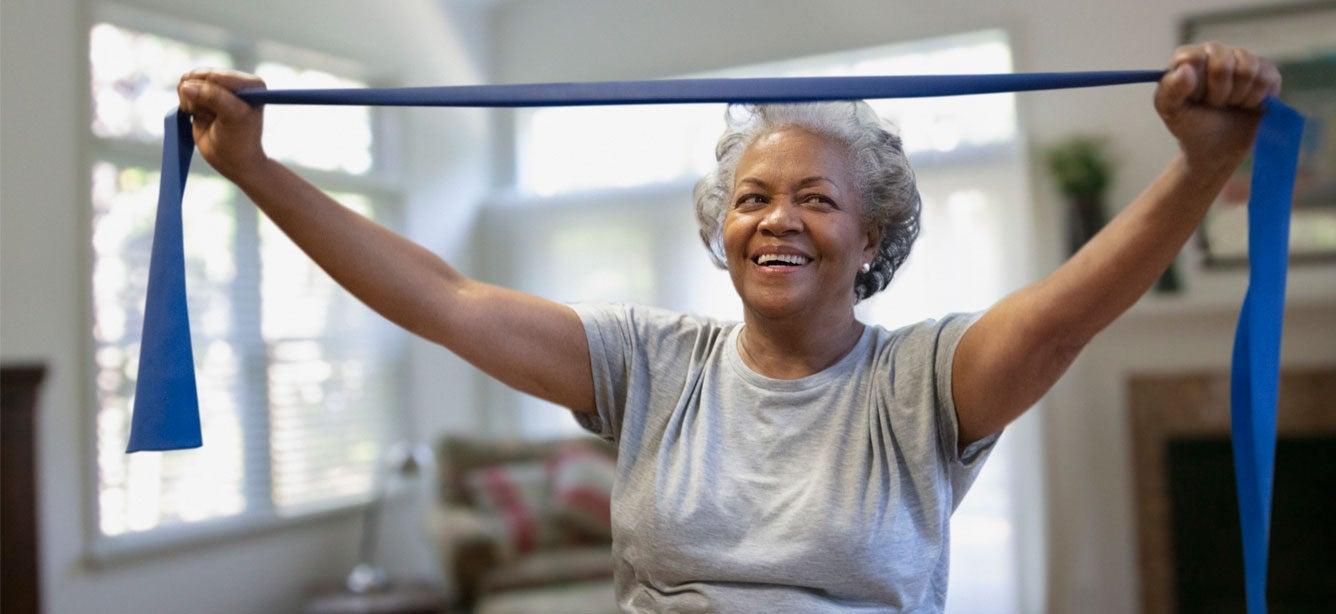Tip Sheet: Maximizing Complete and Accurate Data
4 min read

The Administration for Community Living (ACL) and its grantees, other federal partners, and NCOA’s National CDSME and Falls Prevention Resource Centers use program data to:
- Determine program reach and value
- Help inform future programming
- Make funding determinations
In addition, NCOA is partnering with research institutions to conduct in-depth analyses of chronic disease self-management and falls prevention programs implemented by ACL grantees. These findings and reports will be shared with funders, grantees, and partners.
Implementation sites may face a number of challenges in obtaining complete and accurate workshop and participant data, including time constraints and lack of understanding of the value of data by both program facilitators and participants. Program leads are strongly encouraged to provide the appropriate training and support to workshop facilitators to encourage the collection of high quality and complete data from participants. This training is recommended upfront and on an ongoing basis.
While individual participants may choose to not complete forms, data collection is required from all active ACL CDSME and Falls Prevention grantees. Despite data collection challenges, a number of methods can be used to improve the rate of completion and encourage program participants to fill out data collection forms. The following key tips can be used to maximize complete and accurate data collection.
Incorporate data collection into procedures
- Build in time to complete forms during the beginning of the first and last workshop sessions. This is essential as it shows participants that the forms are important enough to be integrated into the time allotted. This approach is also a more effective way to get responses than waiting until when people are ready to leave.
- Centralize data entry. Having all group leaders send forms to one centralized data center presents an opportunity to have someone accountable for reviewing the accuracy and completeness of forms and provide quality assurance.
- Review script that highlights the importance of completing the forms. Scripts for falls prevention and CDSME programs focus on the importance of participant feedback for improving future programs and obtaining funding, along with the fact that all information is confidential.
- Take advantage of “Session Zero.” If you are holding an orientation or recruitment event, carve out extra time to have newly enrolled participants complete baseline/pre-program forms.
- Walk through the form together. It may be worthwhile to walk through each question as a group to ensure participants understand each question and accurately answer each one.
Addressing cognitive and language barriers
- Be aware of participants who may speak languages other than English. Provide bilingual assistance to translate questions not easily understood or be available to help with form completion. These participants may enroll in a workshop in English, even if they are not fully proficient in the language.
- For workshops in other languages, be sure to test translated data collection materials with older adults. If you have well-tested and professionally translated materials, please share them with NCOA by sending them to your technical assistance liaison.
Increase Understanding of the Data Collection Forms
- For questions with scales, consider creating large laminated print cards depicting the scales. This makes it easier to describe the direction of the scale, as some scales are not intuitive to everybody (e.g., ‘very sure’ and ‘sure’).
- For questions asking about a time frame, e.g., ‘number of falls in the past 3 months’, help the group by giving a time frame (from March 1 through the end of May).
- Be aware of anyone with visual impairment who may need large print material. Always bring a few extra copies of the forms printed with large font (size 16 or larger).
- Ask participants if they need assistance with completing the forms or understanding questions. You’ll be surprised how many people need clarification on questions but may not speak up and ask on their own.
- Have 2-3 volunteers walk around and assist participants with form completion. This is especially helpful in large workshops, as the program facilitator(s) may not have the time to move from one participant to the next and provide assistance.
After the data collection
- Present an overview of findings from the data to community partners, so they see the value of encouraging participants to complete forms. This overview could be through a brief, easy-to-read report, a formal presentation to board members and staff, or other means.
- Keep a master log of which participants have and have not submitted a pre- and post-program form. This could be especially useful for programs of long duration (e.g., Tai Chi, SAIL).
Other techniques
- If there are certificates of completion to be distributed, wait to pass those out until forms are completed.
- Advise workshop facilitators to quickly scan all forms as they collect forms from the participants, immediately asking participants about any questions they did not respond to and offering assistance with those questions.



